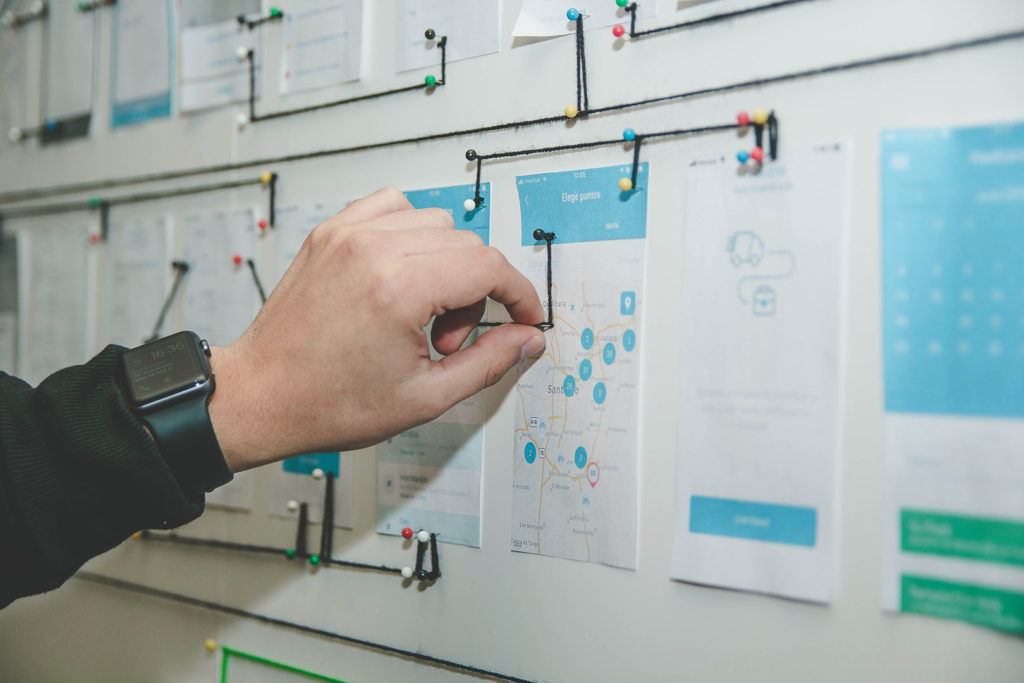Everybody loves templates.
Need a website? Just take your pick from the plethora of templates available online, replace a few images, change some text and voilà – you’ve got your website. It’s quick and simple.
The problem with templates, however, is that they don’t cater to the needs of different users. Template designers cast their nets as wide as possible. Their goal is to design templates that meet the needs of as many businesses as possible. The final product inevitably ends up being generic.
By using templates, you’re skipping an essential step in the process: User Experience Design (UX Design).
What is UX Design?
UX Design is the process of creating a user’s entire interaction with a brand’s website, app or other digital products. It is often confused with User Interface (UI) Design which is the creation of how the digital product actually looks like.
Here’s a great video explaining the difference between UX and UI Design:
To sum it up, UX Design is about the user’s journey to solve a particular problem and making that journey as frictionless as possible. UI Design, on the other hand, is concerned with how product surfaces look and function.
Why is UX Design Important?
Since UX Design is concerned with customer experience, it is an important part of branding.
Customers come back if they’ve had a good experience with your brand; they don’t if their experience was bad. It’s that simple.
The Philosophy Behind UX Design
1. Users First
UX is about user-centricity: putting users first.
At the core of this approach is market research. Before you even start designing a prototype, you need to identify your users and understand their needs. The interface design of a mobile app targeted at the elderly would be very different from an app targeted at younger users.

Once UX Designers have gained a better understanding of users’ needs and pain points, they will proceed to map out a typical user journey. This requires stepping into the shoes of their users and carving out a journey that maximises convenience for the user. For example, UX Designers working on an e-commerce site might focus on making the checkout process easy and fuss-free. This user journey will inform how UI Designers design the interface of the product.
2. Iterative Process

Design, including UX Design, is essentially problem-solving. That means UX Design is far from a linear process. The rapid advancement in technology means that no product is ever completely finished. To meet the changing needs of users, adjustments and tests have to be made on a regular basis.
3. Function and Form

Form should never get in the way of function. Usability should never be compromised on the account of making something look pretty. This doesn’t mean you can get away with an ugly-looking website or app. A designer’s job is to find the balance between form and function.
—
UX Design may be a time-consuming process but it’s a necessary one. User experience is key to building a good brand image and brand loyalty. Customers who’ve had pleasant interactions with your brand will come back and recommend your brand to others. At the end of the day, all that effort will pay off.